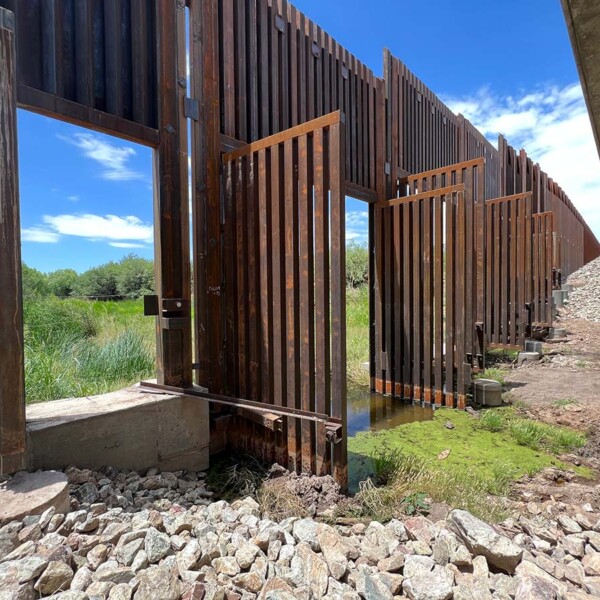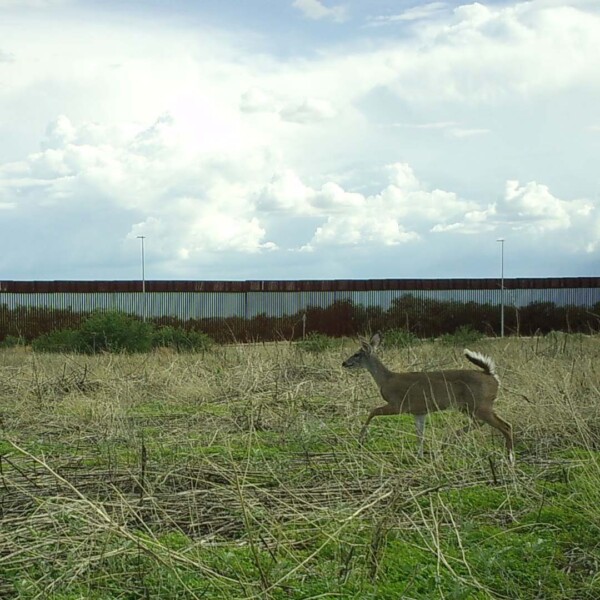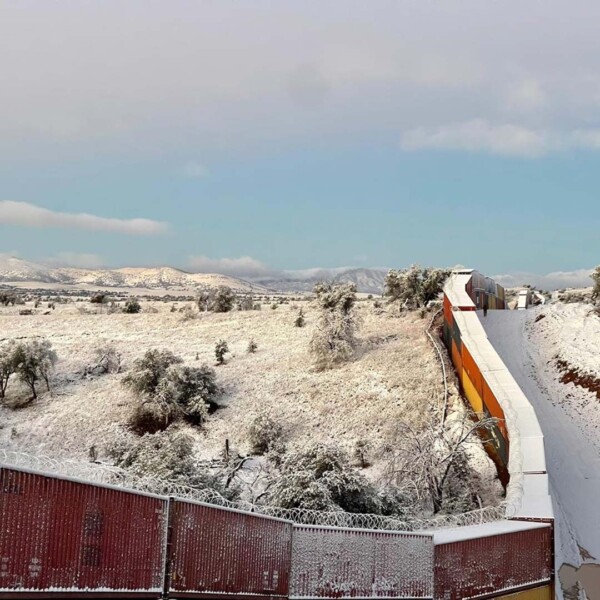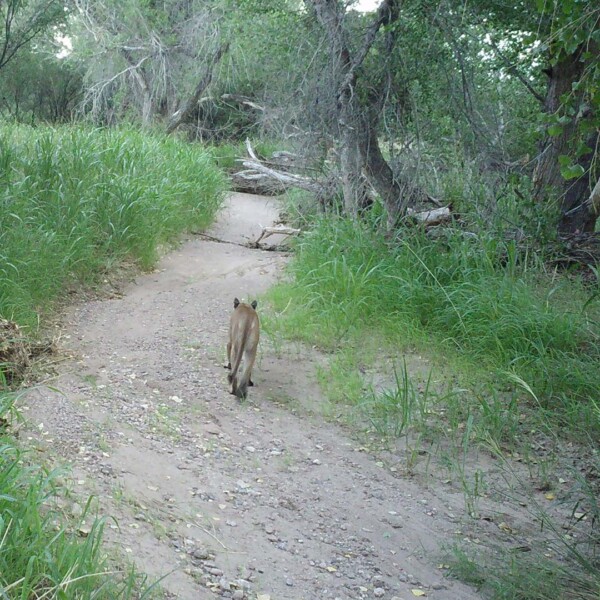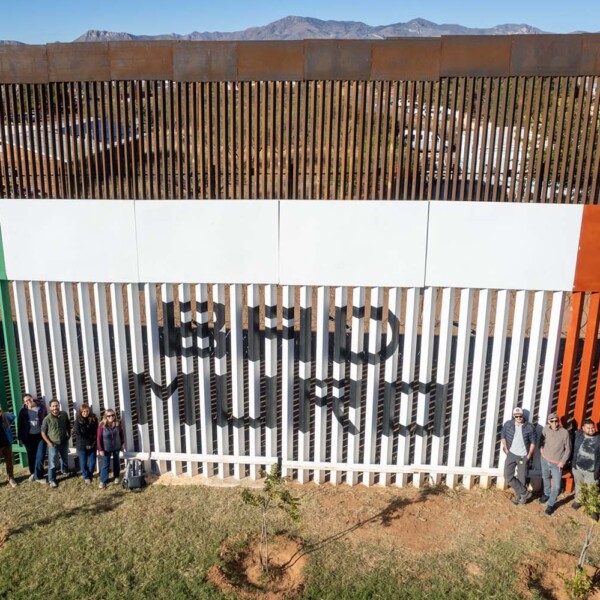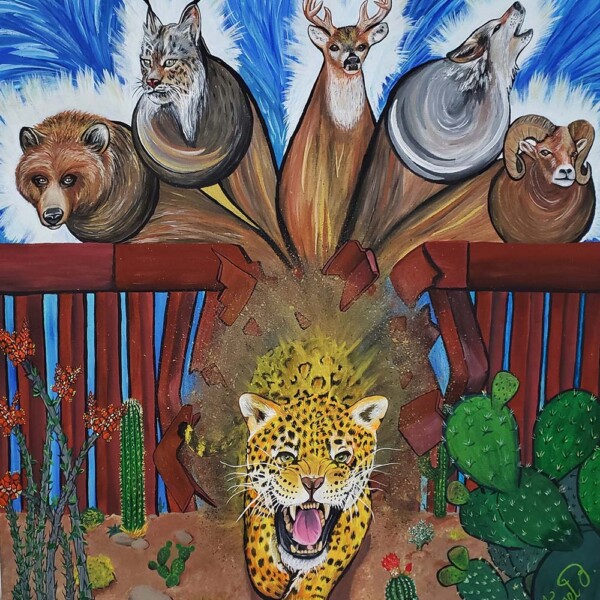It was quite a year on the border between Sonora and Arizona. From huge summer rains that greened up the area’s grasslands to an illegal shipping-container wall that got pushed forward in October, we saw nature at its best and saw our society struggle to manage our international boundary in a way that benefits all.
In January, the big border news was the release of Customs and Border Protection’s remediation plan for the Tucson sector. The community rallied, and more than 800 people sent in comments on the plan to champion environmental improvements to the 119-mile border stretch in eastern Arizona. Dismayed by the prospect of gaps closing in the wall, Sky Islanders spoke up to protect rivers, pathways for wildlife to use on public lands, and dark skies. The agencies heard the public’s call and committed to adding wildlife crossings and reconsidering where stadium-lighting projects are unnecessary.
In April, the New Yorker released the short documentary “American Scar,” which highlighted the significant toll border wall construction took on public lands outside the public’s view during the Trump administration. This powerful film featured footage from our Border Wildlife Study that shows how many species are impacted by the border wall. The film also brought the reality of the borderlands to the global stage and inspired many to stand up for wildlife.
In June, we established a new study with Wildlands Network to learn about how floodgate openings in the wall serve as temporary migration corridors at San Bernardino National Wildlife Refuge during the monsoon. We watched in glee as javelinas, bobcats, and mountain lions found these gates over the summer and resumed movement between Sonora and Arizona. It filled us with hope that nature will find a way if we just provide simple solutions to improve their habitat at the border.
Then in October, we watched in horror as hundreds of shipping containers were illegally trucked into the heart of our Border Wildlife Study in the Huachuca Mountains on the Coronado National Forest. For two months, the state of Arizona directed heavy equipment to tear up the oak woodland forest along 3.5 miles of the border to make way for a junkyard wall that blocked washes and took out dozens of oak trees. We documented the many impacts of the wall and also witnessed the response of wildlife along the border where animals like coyotes, deer, and rabbits explored the new barrier that cut them off from open space in Sonora. We also witnessed a historic surge of passion by the community as volunteers came from far and wide to peacefully assemble and stop the construction. This is deemed by many as the first successful border protest that stopped a wall — a significant win for the Sky Islands, our public lands, and the plants and animals that call this area home. Now we wait for the U.S. government to determine how the state will repair the damage, and we look forward to helping with the restoration of our oak woodlands.
In these final days of the year, as we all look ahead, I’m hopeful that our conservation-science voice at Sky Island Alliance will be able to help advance policies with more compassion for the diversity of life and lands that touch the border. Many good changes are in our reach, and we will carry the torch into the new year with you by our side.
Happy New Year.

